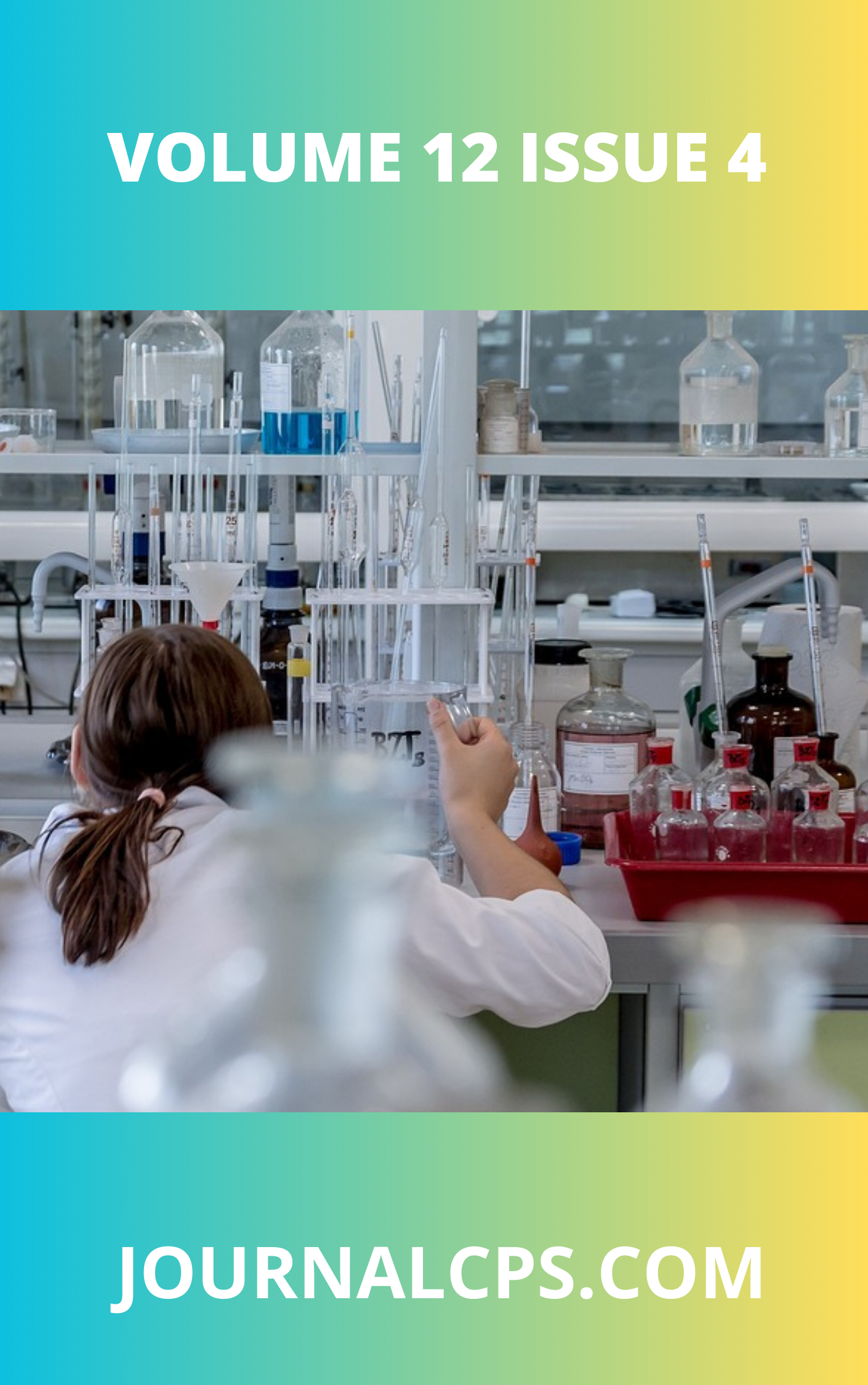Environmental Implications of Quarrying and Waste Management: A Case Study of Okhoro, Benin City
Keywords:
Waste, quarrying, stream sediments, pollution and Niger Delta BasinAbstract
This study assessed the physicochemical characteristics and heavy metal contamination of water sources impacted by a nearby dumpsite, with the aim of evaluating potential environmental and public health risks. A total of 12 samples were collected from leachate (LS), river water (WS), boreholes (BH), and profile pits (PP). Parameters analyzed included pH, electrical conductivity (EC), total dissolved solids (TDS), biochemical oxygen demand (BOD), chemical oxygen demand (COD), nitrate (NO₃⁻), phosphorus (P), and heavy metals such as iron (Fe), lead (Pb), copper (Cu), zinc (Zn), and chromium (Cr). The pH values ranged from 6.4 to 7.4, falling within WHO limits (6.5–8.5), but the EC and TDS exceeded permissible limits in most leachate and some river samples, with maximum EC and TDS values reaching 1846 µS/cm and 1200 mg/L, respectively. BOD and COD values were significantly elevated in leachate samples (up to 10.5 mg/L and 341.44 mg/L, respectively), indicating heavy organic pollution. Ammonia concentrations in leachate peaked at 12 mg/L, far exceeding the WHO limit of 0.5 mg/L, while nitrate concentrations reached 1.31 mg/L. Heavy metals such as Pb exceeded the FEPA limit of 0.05 mg/L in all samples, with the highest concentration observed in WS03 (0.145 mg/L). Iron was highest in WS04 (1.36 mg/L), also exceeding the FEPA threshold of 0.3 mg/L.Statistical analysis included Pearson correlation, which showed strong positive correlations between EC and TDS (r = 0.97), COD and BOD (r = 0.89), and Fe and Pb (r = 0.76), suggesting common pollution sources. One-way ANOVA revealed significant differences (p < 0.05) in BOD, COD, and heavy metals across the different sampling locations. Principal Component Analysis (PCA) extracted three principal components explaining 85.4% of total variance, highlighting organic load, salinity, and metal pollution as key factors. Hierarchical Cluster Analysis (HCA) grouped the sampling sites into three clusters, distinguishing highly contaminated leachate zones from moderately impacted river and borehole locations. Water Quality Index (WQI) values ranged from 102 to 291, classifying most sites as “poor” to “very poor.” Heavy Metal Pollution Index (HPI) values exceeded the critical limit of 100 at all sites, with values ranging from 135.4 to 288.6. Pollution Load Index (PLI) also confirmed significant contamination in leachate and river samples. Overall, the results indicate severe anthropogenic contamination of both surface and groundwater resources due to the proximity of the dumpsite. The findings underscore the urgent need for remediation efforts, groundwater protection strategies, and regular monitoring to safeguard environmental and public health.
Downloads
Published
Issue
Section
Similar Articles
- S. A. Odoemelam, A. M. Udongwo , Heavy Metals Pollution in Surface Water and Sediment of Lower Cross River System in Akwa Ibom State, Nigeria , Communication In Physical Sciences: Vol. 5 No. 2 (2020): VOLUME 5 ISSUE 2
- Patricia Ese Umoru, Femi Emmanuel Awe, Joseph Ifeanyi Uche, Oluwayemi Abiodun Babatunde, Ibrahim Aliyu Salaha, Investigation of the Adsorptive And Inhibitive Properties Of Cucurbita Maxima Peel Extract And Halide Ions As Inhibitors For Stainless Steel in 1m H2so4 Solution , Communication In Physical Sciences: Vol. 10 No. 2 (2023): VOLUME 10 ISSUE 2
- Faith Osaretin Osabuohien, Green Analytical Methods for Monitoring APIs and Metabolites in Nigerian Wastewater: A Pilot Environmental Risk Study , Communication In Physical Sciences: Vol. 4 No. 2 (2019): VOLUME 4 ISSUE 2
- Mu’awiya Baba Aminu, Sangodiji Enoch Ezekiel, Changde A. Nanfa, Anako Shefawu Onize, Daniel Chukwunonso Chukwudi, Facies and geochemical characteristics of the Igumale Formation, Lower Benue Trough, Nigeria , Communication In Physical Sciences: Vol. 12 No. 5 (2025): Vol 12 Issue 5
- Ola-Buraimo A. Olatunji , Musa Rukaya, Granulometric and Petrographic Assessment of the Textural, Minerological and Paleoenvironment of Deposition of Gulma Sandstone Member, Gwandu Formation, Sokoto Basin, Northwestern Nigeria , Communication In Physical Sciences: Vol. 11 No. 3 (2024): VOLUME 11 ISSUE 3
- Joachim Johnson Awaka-Ama, Godwin James Udo, Emaime Jimmy Uwanta, Nsikan Jackson Etukudo, Nyeneime William Akpanudo, Raphael Igwe, Comparative Analysis of Heavy Metal Contamination in Regular and Artisanal Petroleum Products in Akwa Ibom State, South-South Nigeria , Communication In Physical Sciences: Vol. 11 No. 3 (2024): VOLUME 11 ISSUE 3
- Aniekan Udongwo, Monitoring, Assessment, and Remediation of Heavy Metal Contamination: Techniques, Strategies, and Policy Frameworks , Communication In Physical Sciences: Vol. 10 No. 3 (2023): VOLUME 10 ISSUE 3 (2023-2024)
- Emeka Chima Ogoko, Nkoli Mgbemana, Kelle Henrietta Ijeoma, Heavy metals contamination of Anambra River , Communication In Physical Sciences: Vol. 6 No. 1 (2020): VOLUME 6 ISSUE 1
- 1. Olowonefa Richard, 2. Auduson, Aaron Enechojo, Ologe Oluwatoyin, 4. Yusuf Odunsanwo , 5. Agbane Isaac Ojodomo, Geomechanical Characterization and In-Situ Stresses Analysis for Predicting CO₂ Storage Potential: A Case Study of Toba Field, Niger Delta , Communication In Physical Sciences: Vol. 12 No. 5 (2025): Vol 12 Issue 5
- Richard Alexis Ukpe, Exploration of Orange Peel Waste as Precursor for the Synthesis and Characterization of highly Crystalline and Mesoporous Silicon Oxide Nanoparticles , Communication In Physical Sciences: Vol. 11 No. 2 (2024): VOLUME 11 ISSUE 2
You may also start an advanced similarity search for this article.




